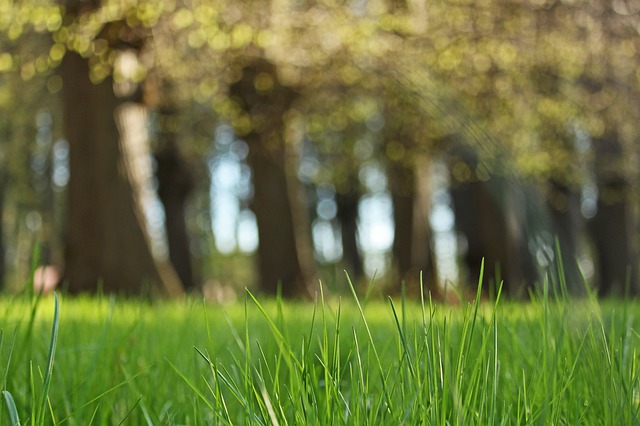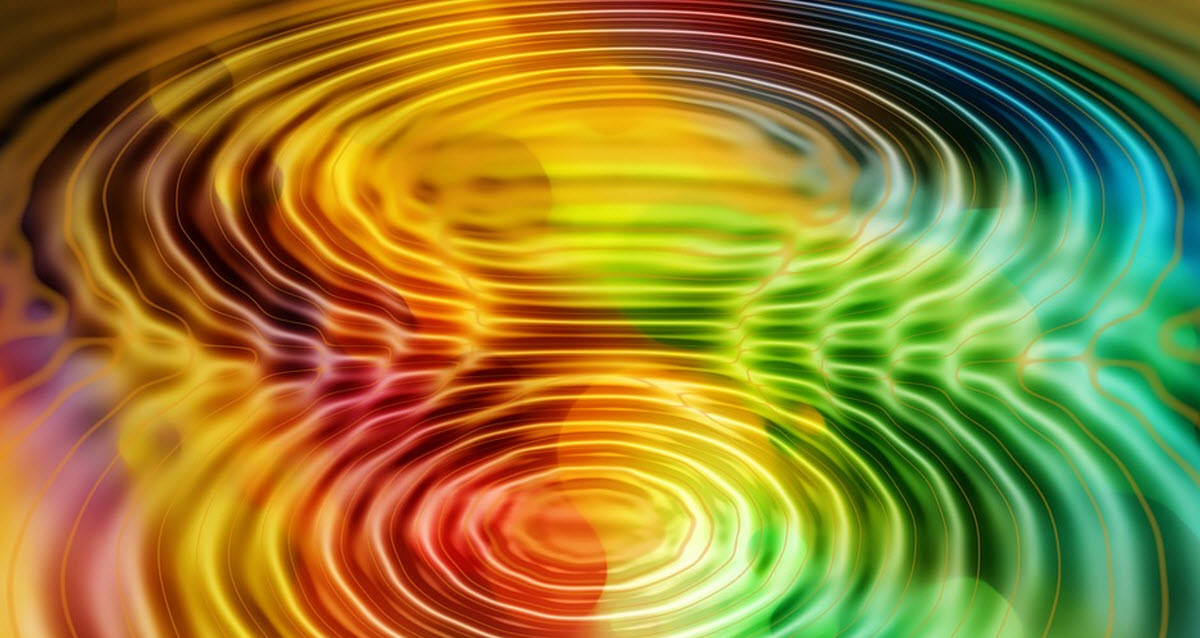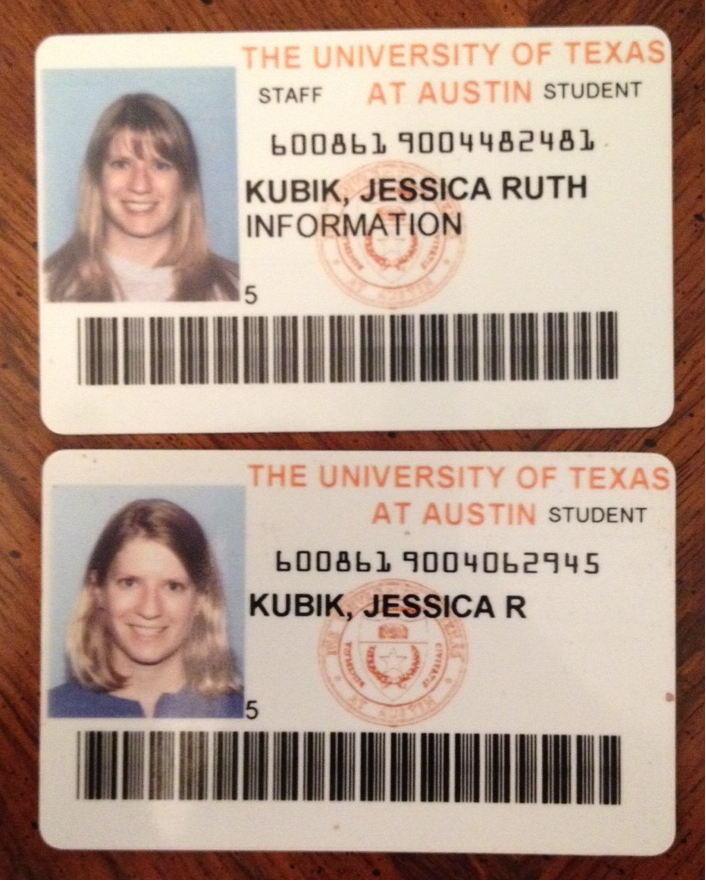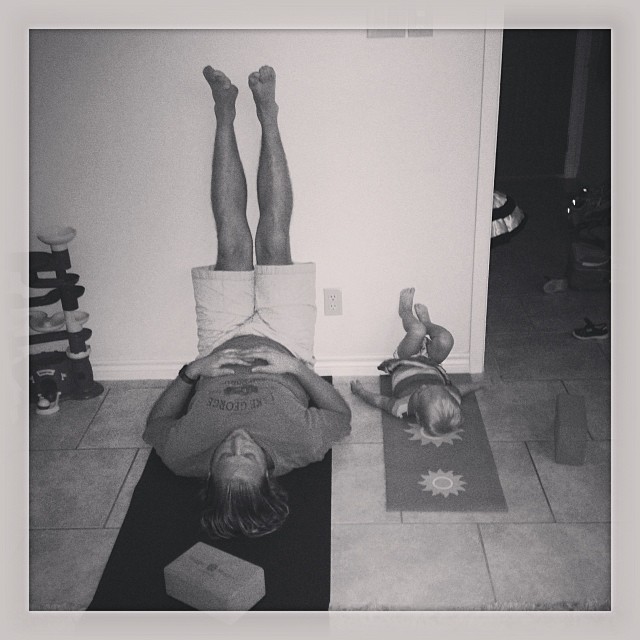I don’t know that there’s been a more critical moment in my lifetime that moms need all the help we can get. I share with you a really simple Yin Yoga sequence you can do in just minutes a day, and it’s specifically designed for moms, keeping in mind that you often hold your littles on your hips, etc. It’s a great sequence to start the day, but it can be done at any time of day, or the individual poses can be done by themselves throughout the day. Of course, it’s sweet to find some time to practice in a kid-free setting, but let’s be real, you probably won’t escape your kids right now, so you can do any of these poses with kids climbing all over you. (Have you seen any of my pop-up videos? If so, you know my practice is sometimes filled with my kids.)
I found a love for Yin Yoga after I had kids, and I found ways to hold my babies and even nurse them as I practiced. You can hold each of these poses for a few minutes at a time, and make space for whatever is present in your mind, in your body, and in your physical space – kids included! If you can make space for discomfort in your yoga practice, it makes it much easier to manage discomfort in your life off the mat.
Here’s a free printable of the sequence, and I encourage you to print and hang it somewhere as a daily self-care reminder. I hope you enjoy it, and I hope you’re taking care, sweet mamas! I’d love to hear your feedback.
Morning Yoga Sequence Instructions
Hold poses for one to five minutes and rest a full minute after each pose; the resting period allows space for you to experience the flow of prana, or lifeforce energy.
1. Sukhasana or Easy Pose

This is a simple cross-legged pose. If your knees are higher than your hips, you can prop your seat with a folded blanket or a pillow. Sit on the very edge so your knees drop down level with or lower than your hips. Close your eyes or take a soft gaze, and do a scan of your body and mind to acknowledge your present state. Notice what feels comfortable and what may feel uncomfortable, without judgement. Observe your breath. Breathe in and out of your nose, and focus on lengthening your breath. Sit here for at least a minute.
2. Twisted Roots Pose

This yin posture incorporates a spinal twist, hip stretch and heart opener. Twisting can stimulate your bowels, initiating the elimination process. Heart openers are energizing and a nice way to start the day. Stretch your arms in a T shape, or interlace your fingers and let your palms cup the base of your skull. Scoot your hips an inch or two to the right. Cross your right leg over left with the right hamstring touching the left quadricep, and drop your knees down to the left in a twist. If your knees are lifted, you can place a pillow or blanket under your legs to make the pose more comfortable. You can also use a pillow under your arm if your shoulder or elbow is lifted. Aim to hold for three minutes, and repeat on the other side. Rest for a full minute on your back after each side.
3. Bananasana

This is also a yin posture that stretches out the side body and hips, and opens the rib cage. Opening the rib cage stretches the intercostal muscles and allows you to breathe more deeply. It is also invigorating. The side-body stretch is awesome for moms who carry a little one on their hips. You may notice a different feeling in each side if you have a dominant carrying hip. Lie on your back and stretch your arms overhead. Sweep your arms to the right, then sweep your legs to the right, and you will find yourself in a banana or crescent shape. Keep both hips grounded. You might explore grabbing one wrist with the opposite hand or crossing one ankle over the other; it doesn’t matter which wrist or which ankle is on top. Aim to hold for three minutes, and repeat on the opposite side. Rest for a full minute after each side.

4. Legs Up the Chair Pose
This is a restorative pose that will provide effects of Viparita Karani, or inverting. Some yogis claim this pose as a cure-all that also reverses aging. While it doesn’t literally reverse aging, it’s a balancing pose that stimulates both the sympathetic and parasympathetic nervous systems. This means that it basically provides what your nervous system needs, and it might reduce wrinkles caused from tension. This is a great pose for waking up if you’re feeling tired, as well as for calming if you’re feeling scattered or over-caffeinated. Find a chair or couch with space for you to lie in front, and place your legs on the chair with your knees touching the edge. You can place a folded blanket under your low back or head for extra comfort. You can also place a folded blanket over your hips for grounding, and use an eye pillow for extra relaxation. If you prefer to do your sequence in bed, flip your body around and do legs up the wall against the headboard. Aim to hold for three to five minutes.
5. Sukhasana

Finish out the sequence in the same pose where you started. Check back in with yourself, and notice how things might have shifted in mind and body. Observe your breath. Make space for whatever might be here, and know that some discomforts may still be present, and that’s OK. Your practice is a reflection of life, and life is not always comfortable. Finding peace within that and having compassion for all that exists will make it easier to manage the normal daily challenges we experience as mothers and humans.









